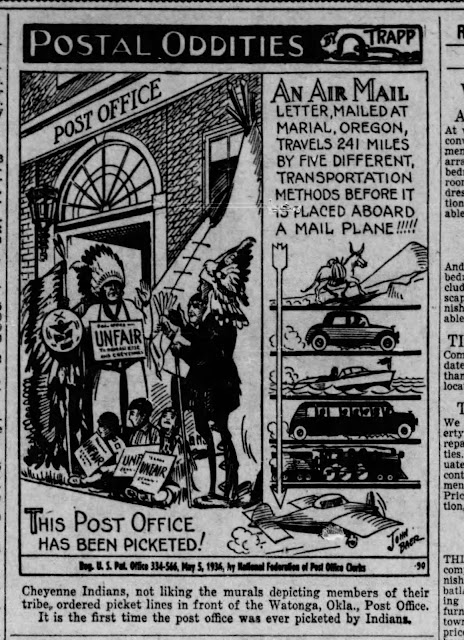Indians Misrepresented 1915, April 21. The Washington Times "If Santa Fe could inspire Ben Hur, surely it has attractions of some worth. Then, of course, there are the Indians. "Americans are so very anxious to go and see Europe for themselves, and yet they are willing to take all sorts of stuff as gospel concerning the former inhabitants of their own country. The American Indians are far more interesting and far more widely misrepresented than any other race." Just at this point I found what had really charmed Miss Church, in Santa Fe, and fairly held by breath in order that I might not disturb her in her narrative, which she gave unhesitatingly at last, with all fear of "publication" gone. "As far as my studies of the Indian is concerned, let me say again, that my work was done merely for my own pleasure and satisfaction, and my desire was to get some idea of the present-day Indian, rather than of his foref...



















